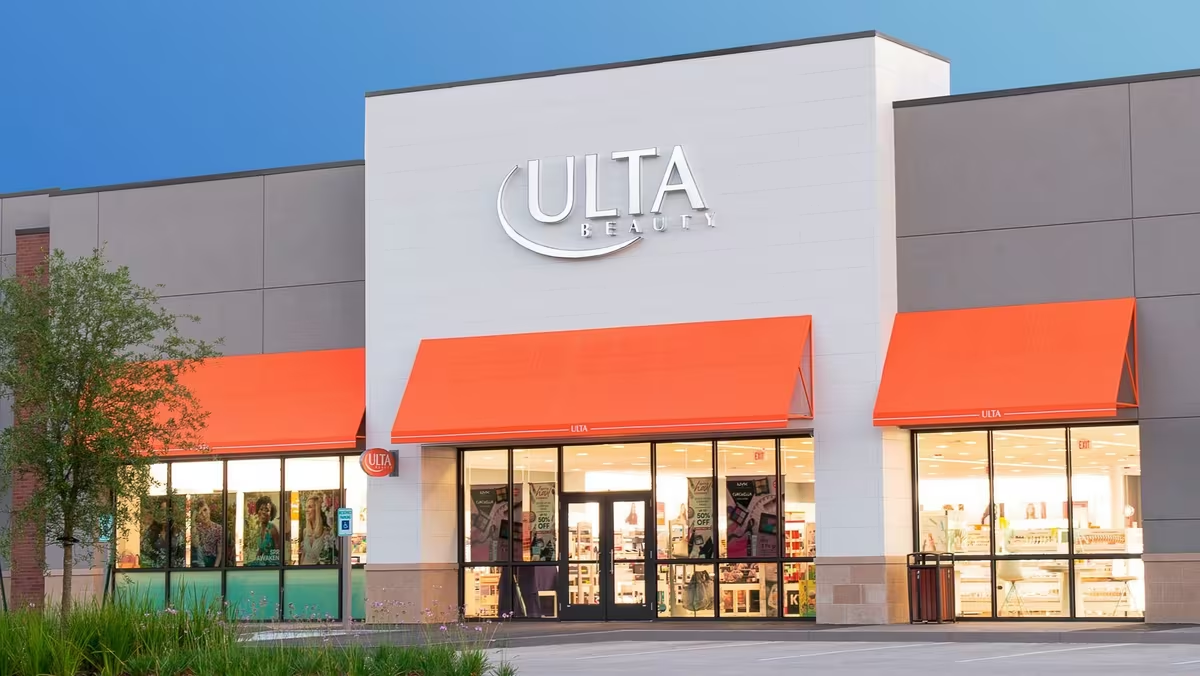Retail media is changing the advertising game across all sectors — and that’s why many brands are planning to put more money behind such networks in the coming quarters.
Earlier this fall, Digiday, Modern Retail and Glossy hosted the Retail Media Advertising Strategies event in New York City to go over the challenges and opportunities brands are seeing in the booming business. As the industry matures, brands are learning the importance of data and sussing out how effective the networks are in helping brands acquire and grow new customers.
Glossy+ conducted a survey of 22 brands as part of the event and found that a majority are planning to increase their spending next year. In addition, brands are showing an appetite for trying out multiple networks as new opportunities crop up.
For retailers, retail media networks are becoming a critical source of revenue. Walmart, for instance, has said that about a third of its profits last year came from selling ads. Meanwhile, there are now more than 200 companies, ranging from Ace Hardware to David’s Bridal, with retail media networks.
Most popular retail media networks
Not surprisingly, it’s the biggest companies in the world of e-commerce that are getting the most retail media business. Walmart, however, edges out Amazon by a few percentage points, with 54% of brands saying they’ve invested in its Walmart Connect Network. A flat 50% of respondents said they use Amazon.
But that’s not to say brands aren’t also looking elsewhere. Ron Amram, the senior director of global media for Mars, said at the event that there are upsides for some of the smaller retail media works. “You can build a better relationship with them if they’re scrappier, more collaborative,” he said.
Testing out more networks
As far as how many networks brands are working with, nearly one in 5 said they are investing in 10 or more networks. This shows there’s significant interest in trying out different networks — and it’s likely these brands are comparing the results to see what works best for their individual offerings. But some experts in the field say this can be complicated, as not all retail media networks measure success indicators the same way.
Ryan Mason, president and COO of Markacy, said he’d like to see retail networks provide more flexibility for brands to define what metrics like “incrementally” or “IROAS” mean to them. “If you’re buying across even 10 of them, or 20, taking all of their definitions of what a click is, what a sale is, what ROAS is actually attributed to you, and what incrementally and IROAS actually means — is hard,” he said.
Spending plans for 2016
Looking ahead, the majority of brands said they are planning to increase their retail media investment. As many as 72% of respondents said they plan to “significantly” or “slightly” increase their retail media spend.
But, budgets being what they are, some brands are planning to downsize their investment. About 9% of respondents said they aren’t likely to invest in retail media, while just under 15% say they will “significantly” or “slightly” decrease their spend.
The upsides of RMNs
As far as why these networks continue to be so popular, it’s largely because they’re working. More than six in 10 respondents said retail media is successfully driving sales, while 45% said it successfully drives acquisition.
And at a moment when competition for shoppers’ attention is fierce, more than a third of respondents said retail media gives them access to a new customer base. There’s also the added benefit of unique brand and consumer insights that can come from the first-party data retail media networks can yield.
As Amy Andrews, president of Mars United Commerce, said during the event: “As we have the broader conversation on where we can invest our dollars, we absolutely need data to understand: Did it work?”
Overall retail media spending trends
In the big picture, though, retail media networks are just a piece of the overall marketing pie.
Companies are still bullish on other digital networks, while newer technologies and measurement tools are making channels like direct mail and out-of-home more effective and splashy, in comparison.
Still, with the hundreds of networks out there to choose from, the research shows that most brands are seeing success from retail media networks — and will keep chasing it in the future.




